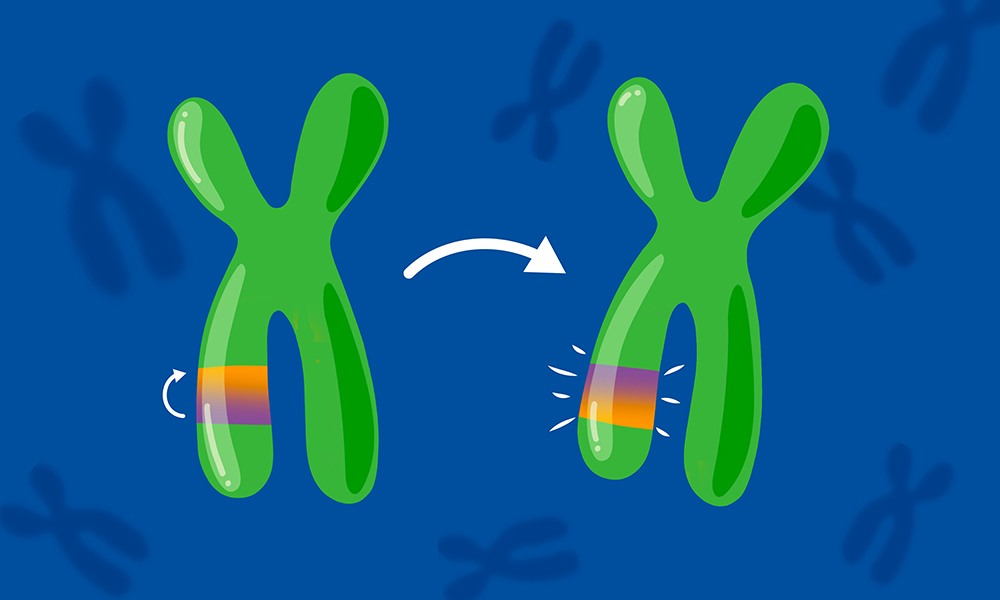Description

Copyright infringement not intended
Picture Courtesy: www.embl.org
Context: Researchers at the University of Tokyo suggest that the omicron subvariant JN.1, with the "FLip" mutation L455S in its spike protein, is likely to become the dominant SARS-CoV-2 virus lineage globally.
Details
- The "FLip" mutation, characterized by amino acid position switches in the spike protein, including L455S and L455F, is associated with increased transmissibility. JN.1, despite its dominance, may not necessarily indicate greater danger, as viral mutations are inherent.
- According to researchers, the 1 variant rapidly surpassed its predecessor BA.2.86 in France, indicating its potential for higher transmissibility. The effective reproductive number (Re) of JN.1 in France, the United Kingdom, and Spain is reportedly higher than other new variants, suggesting increased transmissibility.
- There are concerns about JN.1 potentially evading immunity, with studies indicating its enhanced ability to do so compared to the BA.2.86 variant. The Centers for Disease Control and Prevention (CDC) in the United States notes that JN.1 is expected to account for a significant percentage of all SARS-CoV-2 variants, with a potential for increased infections.
"FLip" mutation
- A "FLip" mutation is a specific type of genetic alteration facilitated by Flp recombinase-mediated site-specific recombination (FLip), enabling precise and reversible modifications in the DNA of cells. The term is derived from the process involving Flp recombinase, which recognizes and acts upon specific DNA sequences known as FRT (Flp recombinase target) sites.
- Flp recombinase is an enzyme responsible for catalyzing recombination between FRT sites. This enzymatic activity can result in various outcomes based on the configuration and location of the FRT sites, including deletion, inversion, insertion, or translocation of DNA segments.
- This process is crucial in genetic engineering for several reasons:
- Precision: Flp recombinase works at specific sequences (FRT sites) in the DNA. This allows for targeted and precise modifications, minimizing unintended changes elsewhere in the genome.
- Reversibility: The use of Flp recombinase enables reversible changes in the DNA. This is valuable for research purposes, as modifications can be turned on or off as needed. It's particularly useful in studying gene functions at different stages or in specific tissues.
- Control: External factors like temperature, drugs, or light can regulate Flp recombinase activity. This control allows researchers to precisely time genetic modifications, giving them a level of manipulation over the genetic changes in living organisms.
- Versatility: Flp recombinase is effective across various cell types and organisms. Its versatility allows scientists to apply these techniques in a wide range of research fields, including studies in bacteria, yeast, plants, animals, and potentially humans.
- These techniques are instrumental in generating transgenic models, such as mice with specific genes deleted in certain tissues or at certain developmental stages. Such models help researchers understand gene functions and their roles in diseases. Additionally, this technology holds promise in developing potential gene therapies.

Conclusion
- A "FLip" mutation is a powerful tool for gene editing that can generate precise and reversible changes in the DNA of living cells. By using Flp recombinase and FRT sites, researchers can manipulate the genome in a controlled and versatile manner, opening new possibilities for scientific discovery and innovation.
Must Read Articles:
COVID 19 JN.1 VARIANT: https://www.iasgyan.in/daily-current-affairs/covid-19-jn1-variant#:~:text=Explanation%3A%20%22JN.1%22,including%20the%20US%20and%20China.
PIROLA: https://www.iasgyan.in/daily-current-affairs/pirola
|
PRACTICE QUESTION
Q. What is the primary role of Flp recombinase in FLip mutations?
A) Initiate transcription
B) Recognize FRT sites
C) Repair DNA damage
D) Generate mutations
Answer: B
Explanation: Flp recombinase is an enzyme that specifically recognizes and binds to FRT (Flp recognition target) sites within the DNA. This binding facilitates site-specific recombination, allowing for precise DNA modifications in FLip mutations.
|











